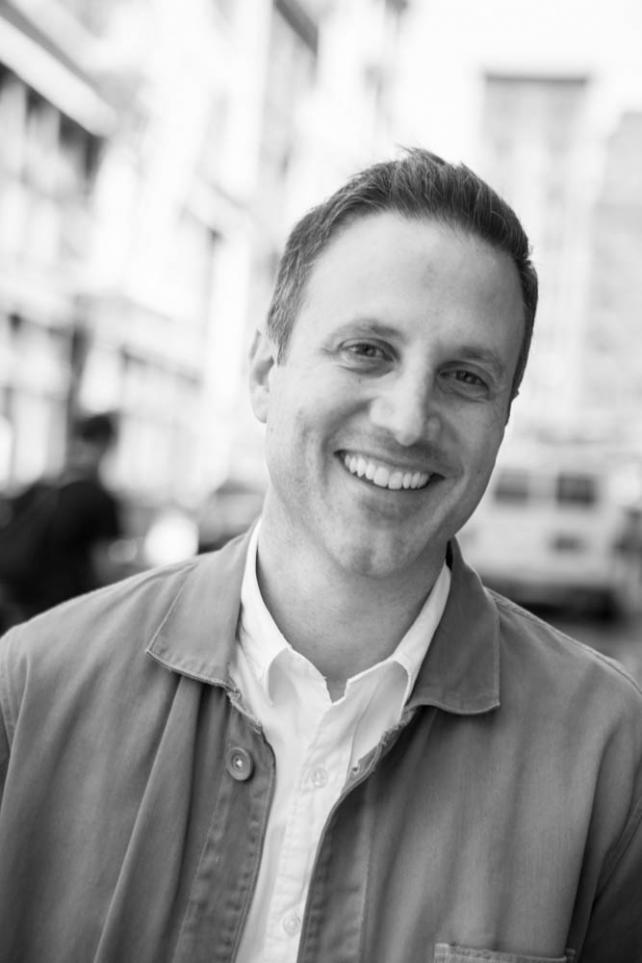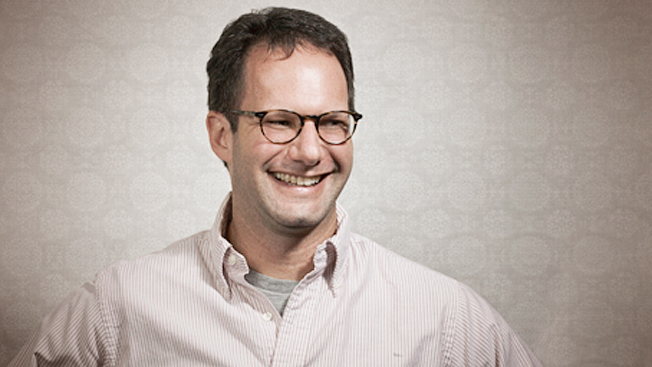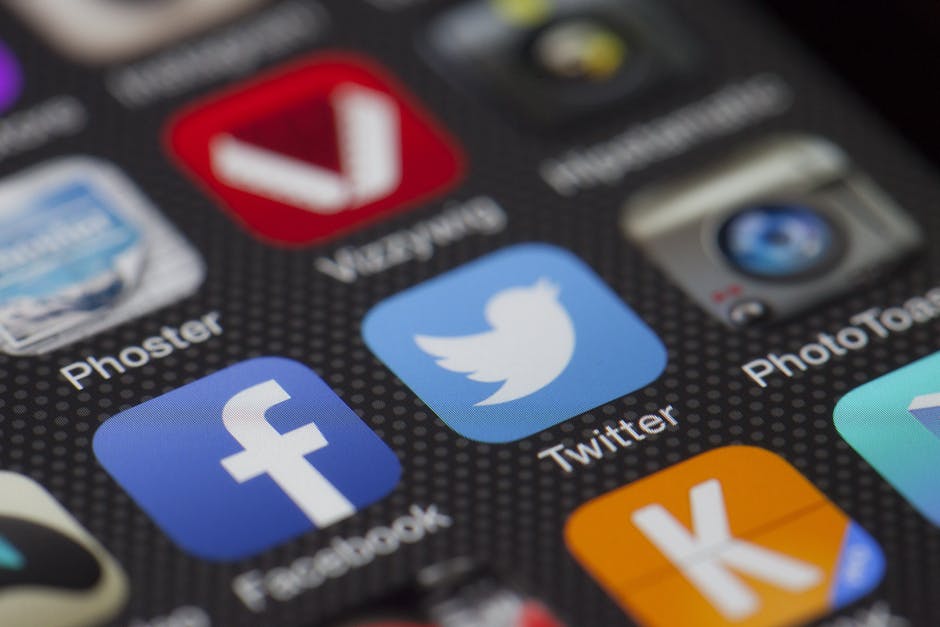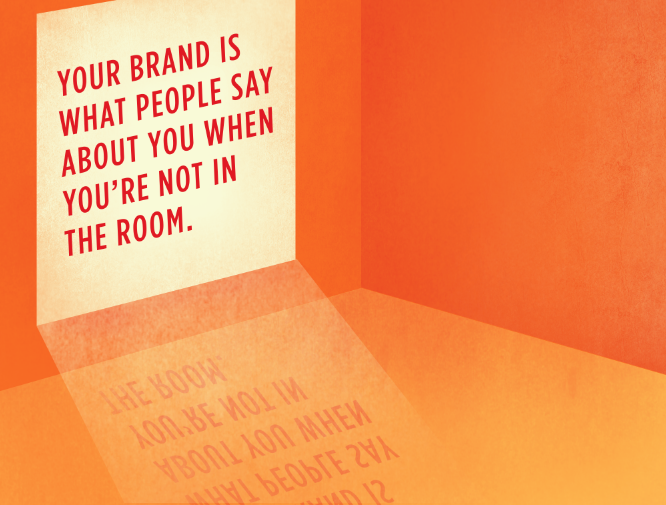By
Team DIGO | 01/31/2019 | in

On the Season 2 finale of The A-List Podcast, host and DiMassimo Goldstein CCO Tom Christmann is joined in the studio by super freelancer and Adhouse NYC advertising teacher Paul Fix.
As a creative director, copywriter, and content creator, Fix has worked at many of the industry’s most renowned agencies, helping deliver world-famous campaigns such as Dos Equis’ “The Most Interesting Man.”
In the interview, Paul shares his unique journey into the world of advertising, talks about his class and teaching style, and offers valuable advice to any young creative trying to break it in the industry. Hear it all below!
Show Notes
- [0:00 – 1:25] Intro
- [1:26 – 15:30] Paul talks about the class he teaches at Adhouse and shares stories from his upbringing
- [15:31 – Paul talks about how his band was almost signed to a label, the importance of independence, and the moment he realized he wanted to be in advertising
- [26:45 – 44:30] Paul shares the story of how he broke into the industry by collecting data in media
- [44:31 – 1:02:19] Backpacking in Europe, becoming a high school English teacher, and going back to advertising school
- [1:02:20 – 1:05:00] Finally becoming a full-fledged creative at
- [1:05:01 – 1:17:15] The advantages of working freelance, the importance of being kind, and what he loves about teaching
- [1:17:16 – 1:18:46] Outro
“The A-List” is a podcast produced by DiMassimo Goldstein, an inspiring action agency, recorded at the Gramercy Post, and sponsored by the Adhouse Advertising School, New York’s newest, smallest, and hippest ad school. You can subscribe and rate the show on iTunes or listen along on SoundCloud. For updates on upcoming episodes and guests, be sure to like the A-List Podcast on Facebook and follow host Tom Christmann on Twitter.
By
James Nieman | 09/13/2018 | in

“There’s always going to be a job for people that really care”
The A-List Podcast is back for Season 2!
In this season’s premiere episode, host and DiMassimo Goldstein CCO Tom Christmann returns to the recording booth to interview John Patroulis, Worldwide Chief Creative Officer of Grey Global Group.
Prior to joining Grey, Patroulis spent six years at BBH New York, joining as the agency’s Chief Creative Officer before being named its first-ever Creative Chairman in 2015. Under his leadership, BBH became one of the most awarded agencies in New York City.
Tune in to hear how Patroulis went from swinging a sledgehammer in Toledo, Ohio, to becoming one of the most decorated creatives in the industry. His adventure-filled career journey will leave you feeling inspired. Full episode and show notes below!
Show Notes:
- [0:00 – 1:26] Intro
- [1:27 – 5:02] Growing up in Toledo, Ohio as the son of teachers, and having an early affinity for reading
- [5:03 – 9:58] Patroulis talks about attending the Ohio State University without a “plan”, bouncing around different majors before eventually landing on English Literature
- [9:59 – 17:39] Spending his college summers swinging a sledgehammer at a concrete pipe factory, and what he learned from boxing
- [17:40 – 26:13] Patroulis talks about couch surfing after college, shares a funny story about being night watchman, and recounts his time working as a bartender at a punk rock club in Wrigleyville called The Cubby Bear
- [26:14 – 38:51] How Patroulis developed a relationship with a famous NYC-Filmmaker Charles Lane while bartending at the Riviera Cafè
- [38:52 – 52:38] The amazing story of how Patroulis met David Angelo, and how that friendship propelled him to get his book together, ultimately landing his first advertising job at N.W. Ayer
- [52:39 – 1:01:26] Getting an offer from Chiat/Day, the importance of working on your craft, what he learned under Gerry Graf, and the responsibility of being irresponsible.
- [1:01:27 – 1:02:40] How bad meetings can serve a purpose
- [1:02:41 – 1:09:29] Moving to Chiat/Day’s San Francisco office to work on Adidas, and how Chuck McBride taught him the importance of caring about every little detail, all the way to the end
- [1:09:30 – 1:13:05] The story behind the famous Adidas commercial, “Hello Tomorrow” directed by Spike Jonze
- [1:13:06 – 1:15:40] The difference between being a “doer” and a leader
- [1:15:41 – 1:19:07] Co-founding his own agency T.A.G., and launching Halo 3
- [1:19:08 – 1:23:42] Going to BBH, and what he learned from John Hegarty’s endless optimism
- [1:23:43 – 1:25:09] Working at Grey, being confident in yourself, and doubling down on creativity
- [1:25:10 – 1:26:47] Patroulis explains why he thinks it’s a great time to be in advertising, and why he’s so excited for the future
- [1:26:48 – 1:28:30] Patroulis shares one piece of advice to young creatives trying to break into the industry – “care”
- [1:28:31 – 1:29:35] Outro
“The A-List” is a podcast produced by DiMassimo Goldstein, recorded at the Gramercy Post, and sponsored by the Adhouse Advertising School, New York’s newest, smallest, and hippest ad school. You can subscribe and rate the show on iTunes or listen along on SoundCloud. For updates on upcoming episodes and guests, be sure to like the A-List Podcast on Facebook and follow host Tom Christmann on Twitter.
By
James Nieman | 10/16/2017 | in

From AdAge:
“When ANA President Bob Liodice introduced Weight Watchers head of marketing today, he didn’t hold back when describing just how poorly Weight Watchers was doing in early 2015 – it was “at the brink of irrelevance.” Quite an introduction for Maurice Herrera.
In fact, January 2015 was one of the company’s worst January periods ever in terms of signups, says Herrera, who had joined the company just three months earlier. Timing was crucial, because the first quarter accounts for more than 40% of the company’s business, he notes. People were looking for other ways to lose weight, including wearable fitness trackers and Paleo dieting, resulting in Weight Watchers subscriptions dropping 25 percent year-over-year that quarter, Herrera recalled. Its stock skidded from $25 to $7 per share, he said, and fell even further that summer. Herrera had to lay off about 25 percent of his team of 30 or so people.
Herrera and his slimmed-down team, with agency DiMassimo Goldstein, came up with a more consumer-centric approach. “Since everyone believes that they have a unique challenge, it’s critical for them to look at Weight Watchers and see a bit of themselves in the brand,” Herrera says. “We needed to create a brand identity that felt accessible and relatable as well as aspirational.””
To read the rest of AdAge’s live blog, click HERE.
Last week, Maurice Herrera, the Head of Marketing for our inspiring action client, Weight Watchers, had the honor of speaking at the 2017 ANA “Masters of Marketing” event down in Orlando, Florida.
The event, which boasted over 2,500 attendees, is one of the biggest and best gatherings for senior marketers in the country.
Herrera was invited to speak about the transformative journey that Weight Watchers has enjoyed these past two years. Together, with Herrera and his team, we’ve taken one of the country’s most historic brands and brought them back into the national spotlight, leading to seven consecutive seasons of brand growth. We couldn’t be prouder to be their agency.
Now that’s #inspiringaction.
By
James Nieman | 10/04/2017 | in

This week on The A-List Podcast, host and DiMassimo Goldstein CCO Tom Christmann interviews Bobby Hershfield, Partner and CCO at SS+K. Hershfield started his career in account management before eventually shifting over to copywriting during his time at Wieden+Kennedy, and since then he has spearheaded the creative for some of the world’s biggest name brands such as Dell, JCPenney, Target, CNN, and Johnson & Johnson.
Listen in as Hershfield talks about what makes an all-star account person, working with former A-List guests Eric Silver, Ty Montague and David Angelo, and why he ultimately took a pay cut to become a creative. Full episode and show notes below!
Show Notes
- [0:00 – 1:19] Intro
- [1:20 – 3:59] Hershfield talks about what it was like moving around a lot as a child, how he had to adjust, and meeting new people
- [4:00 – 5:18] How Hershfield first discovered advertising from a Tom Hanks movie
- [5:19 – 6: 53] Creative Writing at the University of Michigan, applying to letterman, and graduating in a recession
- [6:54 – 11:01] Getting his first job at DDB in account management, being let go and having to work as a video store clerk before finally getting another job at Chiat\Day
- [11:02 – 13:29] Working with Eric Silver, Ty Monague, David Angelo at Chiat\Day
- [13:30 – 17: 34] The first “virtual office” and taking creative classes
- [17:35 – 19:00] What makes an all-star account person?
- [19:01 – 23:31] Hershfield’s mentors in account management, the feeling you get after he was let go, and the story of how he hung around until he was rehired
- [23: 32 – 27:00] Accepting an offer at Wieden+Kennedy, the difference between New York and Portland, and how the culture at Wieden focused on the work and not the lifestyle
- [27:01 – 31:19] Moving to New York to take a pay cut and shift to the creative side
- [31:20 – 35: 24] Thinking irresponsibly and the different line of thinking you have to adopt to be a creative
- [35:25 – 39:44] Working Albert Brooks for his first commercial
- [39:45 – 43: 35] What it was like working under Ty Montague and the benefit of tough love
- [43:36 – 47:20] Managing a team, being a mentor, and when you know it’s time to become a creative director
- [47:21 – 53:47] What Bobby looks for in a young creative, what made Gerry Graf a special teacher, and the many advantages of attending Adhouse
- [53: 48 – 54:43] Outro
“The A-List” is a podcast produced by DiMassimo Goldstein, recorded at the Gramercy Post, and sponsored by the Adhouse Advertising School, New York’s newest, smallest, and hippest ad school. You can subscribe and rate the show on iTunes or listen along on SoundCloud. For updates on upcoming episodes and guests, be sure to like the A-List Podcast on Facebook and follow host Tom Christmann on Twitter.
By
Mark DiMassimo | 09/28/2017 | in

People have never had access to so many amazing tools for connecting with organizations and services that can inspire them to achieve incredible things. Not so long ago, “consumers” were out there. Marketers needed to learn about their customers and their preferences from “the channel,” the sales team, or from expensive market research. They needed to be recruited through retail or sales. It was hard to know much about them as individuals. Today, your customer holds you in her hand. Texts you. Tweets you. You are the button she pushes. You are the apps she launches. You are the tool she uses to get from here to there. Physically. Emotionally. Mentally. You are your customer’s utility. Today, consumers have unprecedented direct access to the organizations that serve them. Equally, companies have unprecedented direct access to their customers and prospects. The direct age is the age of interactive selling. It’s the age of collaboration. It’s also the age of social customer service. If your service and your story works best for inspiring action in the customer, and if that action becomes habit, then you win.
We inspire greatness in individuals and in the companies that serve them through great direct experiences that inspire action.
(more…)
By
Mark DiMassimo | 09/14/2017 | in

Branding is the process of building a coherent and distinct pattern of associations in the mind of a target audience.
When I say, “Apple,” a whole world of associations come up. When I say “Microsoft” a different world of associations come to mind. To the extent that both bring up associations, they have been “branded.” To the extent that those associations are clear, distinct, and helpful, they have been successfully branded.
Branding firms use culture, product, image, design, sound, voice, language, price, service, entertainment, celebrity, fashion, and interaction – an extremely broad range of tools – to build the brand. Today, the mission of an organization and the meaning of being associated with that mission is important to many people as well.
Too often, branding is associated with much more limited objectives. For example, logo and visual identity standards. While these are key tools for branding, they alone don’t create the brand.
Very often, when people use the word “brand” they are referring to what the company thinks and says about itself.
But brand is what other people say about you when you are not in the room. Brand is about what your audience feels about you in their heart of hearts. Your brand is not what you tell people it is, your brand is what people tell people it is. What you say is just your attempt to affect that understanding.
Today, brands are built by great products and services, first and foremost. In a world of online reviews, advertising and spin cannot trump a predominance of bad experiences. Not everyone, but your target audience must be delighted.
By
Mark DiMassimo | 09/05/2017 | in

I can’t remember when I first became fascinated with brands, but I know I was just a young child. Back then, Cheerios and Wheaties, Esso and Shell, Little Friskies cat food, Avis Rent-a-Car, were like cartoon characters to me. They had distinct personalities and I felt like I knew them, just like I knew the characters in my favorite shows.
From the brands I learned to love on TV to the more mature brands I later grew to love. The rock bands I worshipped. The threat and allure of Disco, Punk, New Wave and beyond. The religions I was pitched at school, in the streets and at my front door. My first credit cards from Citibank and American Express. Nike and Apple.
What art form gives you all the senses to work with? Sight. Sound. Smell. Hearing. Touch. And story, imagination and emotion too?
The dream began to form in me of building brands the way Picasso made paintings, the way Frank Lloyd Wright made buildings, the way Edison made inventions. Could I give thought to every touch point, and express a distinct and attractive personality that would remain consistent without ever being boring or trite?
I wanted to learn from the best, so I went to work for the best in the business. I chose as my clients entrepreneurial masters of brand building. I never thought of myself as the master, but only as student and servant. I practiced my craft obsessively. I stayed up nights writing. I read every book. I invited my heroes to lunch, always trying to learn a bit more, to add another key.
Yes, all of that time, I was a direct marketer. All of that time, I was measured by how well my work pulled, by beating controls, by winning tests, by conquering the A/B splits.
I learned all the tricks, but my greatest trick of all and the most effective was the ability to evoke emotion through brand. “A great brand idea is the ultimate response device,” I said. And I proved it repeatedly.
I’ve watched a lot of direct brands and careers die since then. Simultaneously, I’ve watched the great direct-led brands become the leading brands of our time. American Express, Apple, Amazon, Airbnb … and that’s just the A’s!
Remember, if you are in the business of selling directly, don’t merely sell. Build a rich, evocative, emotional brand. Use every touch point to differentiate. Err on the side of too much personality. Crush apathy. Make objectivity impossible.
Just as I do, so many wildly successful marketers remember their first journey of brand discovery as the true commencement of their marketing careers. They look back on that quest to uncover the insight that can change and organize everything going forward. The way they followed the data to the customer journey and came back with the golden insight, then mined that inspiring idea for all it was worth.
It’s a revolution in a brand, in a business and in a marketer’s career. In fact, many marketers have told me, “That’s when I first felt like a real marketer.”
Let’s do marketing for real. Let’s build a masterpiece.
By
Mark DiMassimo | 08/20/2017 | in
The following post is an excerpt from Digital@Speed, authored by digital marketing guru Mark DiMassimo. Visit the official website here to download your free copy today.

Optimizers have a way of seeing.
If I can’t get this across to you, then nothing else in this book will get you all the way there. You have to be able to project things forward in your mind. Like a chess master, to think trough the next few moves. You have to develop a feel for how things might go. The truth is, we all have this radar. It’s just human instinct. But some of us have better access to it than others.
This has been scientifically proven. If a threat – say a rat or a coyote – enters your peripheral vision, your little hairs will stand on end before you even consciously know what’s going on. Something in you knew, and reacted.
We know. Even when we think we don’t. Even when we’re so invested in the idea that we don’t that we’d swear to it ten ways to Sunday. We know.
We need a way of getting it out. I write a journal. I meditate. I play devil’s advocate with my partners and ask them to do the same with me. I indulge in focused worry sessions, to make sure i’m not missing anything.
Project forward, and optimize.









